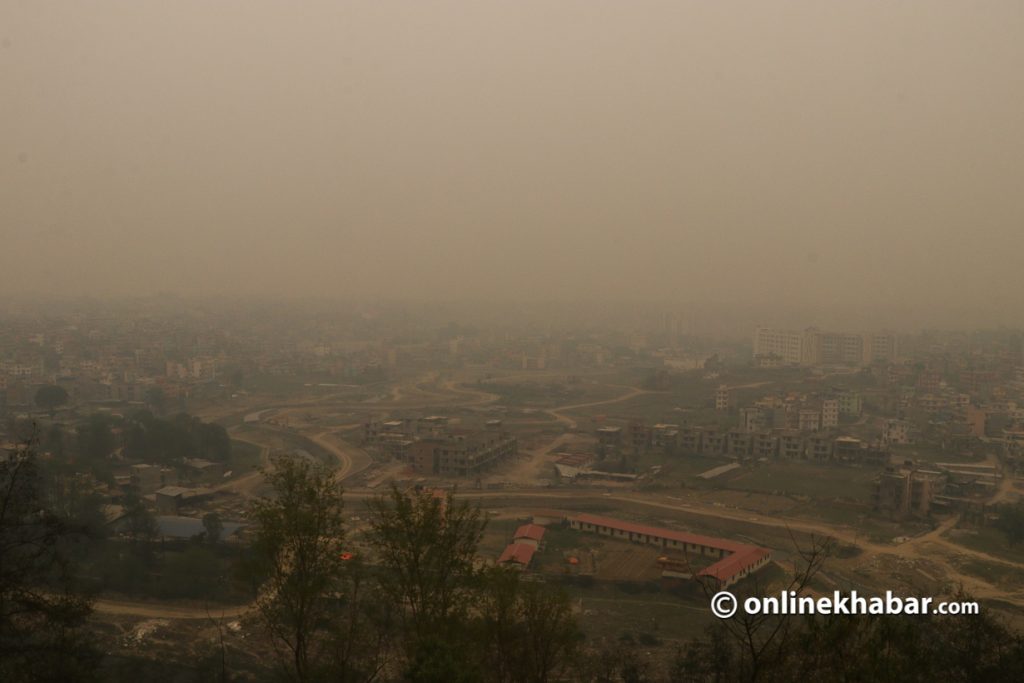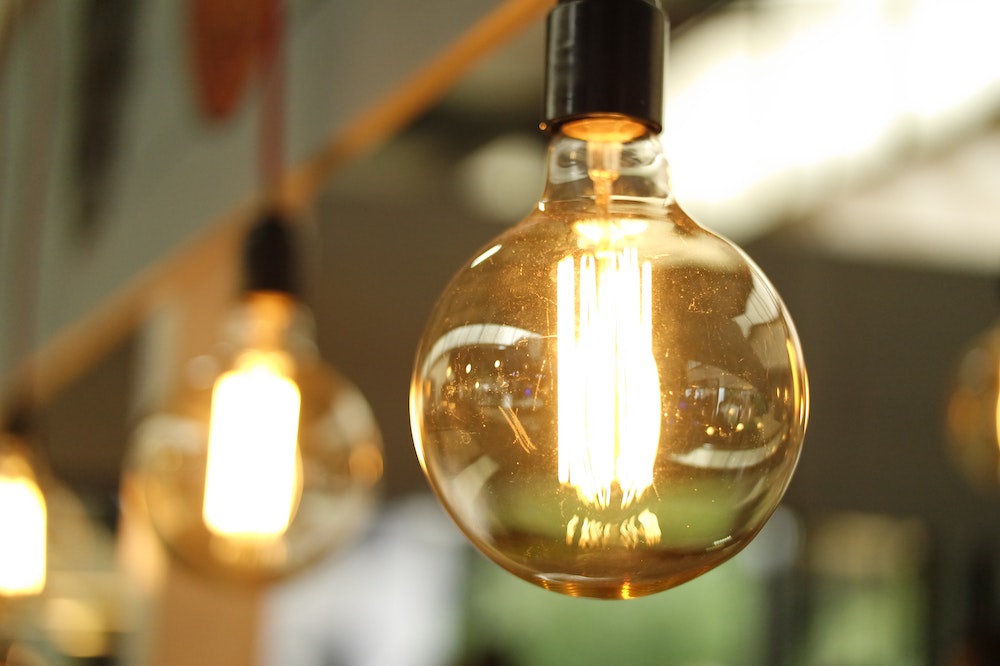
Green hydrogen topics, including green ammonia, hydrogen fuel cells, and green urea, have regained traction in Nepal recently, drawing attention from universities to government agencies. The study published in 2008 by Prof Bhakta Bahadur Ale and Prof S.O Bade Shrestha from Tribhuvan University and Western Michigan University, respectively, can be considered the first official study on hydrogen energy in Nepal.
The study suggested using electricity from hydroelectric plants during off-peak hours to produce hydrogen, which could be used as a fuel, addressing energy inadequacy and peak load demands. However, due to prevalent load shedding, further discussions on hydrogen’s potential were limited.
However, after a long time, hydrogen has regained attention in Nepal, especially regarding green hydrogen production and use. Studies, including those conducted by the Asian Development Bank, underscore the international interest in Nepal’s hydrogen potential.
The creation of the Green Hydrogen Laboratory at Kathmandu University has bolstered discourse and research in this domain. This has brought attention to increasing Nepal’s research investment and the need for a proactive approach to organised research on green hydrogen. The worldwide move towards renewable energy underscores Nepal’s strategic significance in this arena. Despite government interest and media coverage, Nepal has yet to actively promote hydrogen initiatives on the field compared to its nearest neighbours, India and China.
Significance of the Green Hydrogen Policy 2024
With the issuance and implementation of the Green Hydrogen Policy 2024 by the cabinet, the path for green hydrogen production, consumption, and development in Nepal has been officially paved. The ongoing discussions and debates show the critical role of this policy in the significant advancement of Nepal’s green hydrogen sector.
The policy aims to harness green hydrogen produced from renewable energy sources as an energy alternative, contributing to carbon neutrality, energy security, and sustainable economic growth. It also sets long-term goals, including the enhancement of hydrogen production and usage through technological advancements.
However, the policy’s successful implementation necessitates the establishment of clear regulatory frameworks, infrastructure development, promoting green hydrogen industries, and further research and development initiatives. Translation and adoption of relevant policies and strategies are essential steps toward fostering a robust foundation for developing green hydrogen in Nepal.
Need of green hydrogen for Nepal

Nepal stands as one of the countries most vulnerable to climate change. The nation’s economy heavily relies on climate-sensitive sectors like agriculture, water, energy, and tourism. The impacts of climate change pose significant risks to Nepal’s national gross domestic product (GDP), particularly in these sectors. The Paris Agreement, adhered to by Nepal, sets a goal for the country to derive 15 per cent of its national energy from renewable sources by 2030. Additionally, Nepal aims to achieve net zero emissions by 2045. In this regard, the government has initiated various policy measures to be implemented gradually.
According to the Energy Sector Summary Report 2021/22 published by the Ministry of Water Resources and Energy, energy demand had decreased by around three per cent in 2020 compared to 2019, whereas in 2020, it surged again by 10 per cent to reach a total energy demand of 626,000 gigajoules.
The main reason for the overall decrease in energy demand in 2020 can be attributed to the reduced demand for petroleum energy due to the Covid crisis, making the resurge in 2020 quite obvious. As per the annual report of the Nepal Electricity Authority for 2023, the demand for electricity in 2021 increased by approximately 17 per cent, reaching around 8.8 gigawatts, or 31,680 gigajoules.
When comparing the figures from 2019 to 2021, it can be seen that there is a loss of about 18 per cent in the demand for petroleum products in the overall energy sector, while renewable energy consumption has remained relatively stable at around 6 per cent.
This indicates that despite the increasing demand and consumption of energy in Nepal, there has not been as significant a shift towards renewable energy sources as one might expect. The facts presented in the Energy Sector Summary Report 2021/22 executive summary also indicate an annual growth rate of two per cent for imported fuels in recent years and a 15 per cent growth rate in electricity consumption over the past few years, yet electricity still accounts for less than five per cent of the national energy mix. These statistics emphasise the need for Nepal to rethink and reorient its national energy policy and the necessity towards a more strategic and sustainable direction.
Again, the data in the Energy Sector Summary Report 2022 forms the basis for understanding the current scenario of petroleum imports, which account for approximately 10 per cent of Nepal’s total GDP, equivalent to about Rs 480 billion. Petroleum imports contribute to a 13 per cent trade deficit in the country’s economy. Additionally, around Rs 21 billion is spent annually on importing chemical fertilisers from abroad.
Therefore, hydrogen could emerge as a missing puzzle piece for Nepal’s energy security and overall economic development. Hydrogen energy could replace imported fossil fuels in Nepal’s industrial and transportation sectors.
Establishing chemical fertiliser plants using green hydrogen production could address the issue of fertiliser scarcity. Moreover, utilising hydrogen as an alternative energy source could contribute to pollution control, such as carbon emissions from industries like cement production.
The conversion of hydropower to hydrogen storage technology could also enable the utilisation of surplus electricity in the grid. By strategically harnessing hydrogen energy, Nepal can reduce its dependency on imports and enhance domestic investments, paving the way for internal investment growth in hydrogen energy.
The goal of reducing carbon emissions to combat climate change has made green hydrogen indispensable. Industries with high energy consumption, such as steel, cement, refineries, and heavy machinery, currently reliant on carbon-based fuels, are now shifting their focus towards green hydrogen on a global scale. Studying various nations’ hydrogen and energy policies sheds light on this matter.
Nepal began its journey towards carbon trading with the initiation of the Reducing Emissions from Deforestation and Forest Degradation (REDD) programme in 2008, following the Kyoto Protocol of 1997. Additionally, in 2021, Nepal and the World Bank signed the Forest Carbon Partnership Facility agreement, estimating around $45 million in benefits from carbon emission reductions from Nepal’s forest sector by 2025. These experiences could pave the way for Nepal’s entry into the green hydrogen sector.
According to a statistic released by the Organization for Economic Cooperation and Development (OECD), an investment of $9.4 trillion in the green hydrogen sector is required globally by 2050, with $3.1 trillion directed towards developing nations.
The European Investment Bank has already committed €459 million to the Green Hydrogen Fund. Initiatives like the South Africa Hydrogen Fund, equivalent to $ 1 billion, have been announced to boost investment in green hydrogen. Nepal, drawing from its own experiences and lessons learned from international practices, could harness its natural resources strategically for the production of green hydrogen.
Evaluation of energy markets, similar to the carbon trading framework, is essential to establish a baseline for evaluating the economic benefits. By presenting the natural advantages of green hydrogen and encouraging investment in carbon emission trading policies, Nepal could create a favourable environment for long-term gains. This could also provide clear benefits to other countries, as seen with the implementation of carbon emission trading policies in China, which has facilitated cooperation and increased the flow of foreign direct investment (FDI). Nepal’s proactive approach to investing in green hydrogen could set a precedent at the international level for promoting environmentally and economically sustainable development.
The doors opened by the Green Hydrogen Policy 2024

The Green Hydrogen Policy 2024 has laid the foundation for an attractive policy framework for energy sector professionals and investors in this field. It aims to encourage the establishment and promotion of industries involved in green hydrogen production based on necessity and viability criteria.
The policy provides provisions for incentives based on clear criteria. Areas where incentives can be provided are identified, including tax incentives for a certain period, incentives for value-added tax, and exemptions on final duties, as addressed by this policy.
Additionally, the policy addresses the provision of electricity at concessional rates by the Nepali government for industries directly involved in hydrogen production. It also addresses the construction of electricity transmission lines and stations for the distribution of electricity and necessary space acquisition according to legal provisions for the production, use, storage, and distribution of green hydrogen and its byproducts.
This policy confirms the presence of a market for green hydrogen in Nepal by taking clear steps towards the enhancement and encouragement of key sectors such as transportation, steel, cement industries, etc, for the consumption of green hydrogen.
Furthermore, it facilitates investment by simplifying the acquisition of land for the development of electric power projects and by providing incentives for investment in industries that utilise electricity, such as the production of green hydrogen.
Another crucial aspect is the policy to streamline the commercialisation of products produced through green hydrogen utilisation. Alongside this, the government has formulated a strategy to promote domestic private-sector investment and government-private partnerships and attract international cooperation.
Long-term budget allocation for research and development in this sector has been prioritised, recognising the global infancy of green hydrogen development and ensuring that immediate actions are taken to advance in this direction. With Nepal acquiring technological expertise in green hydrogen, there is a possibility of making significant progress on an international scale.
After the inclusion of the budget in the policy statement, the implementation of the Green Hydrogen Policy 2024 appears quite promising. It is imperative to expedite the formulation of guidelines, procedures, and standards necessary to enforce this policy without delay. This will facilitate the effective implementation of the policy.
Although the government has included various subjects related to producers and investors under the Green Hydrogen Policy 2024, it does not explicitly address the sector that will consume hydrogen. Special attention should also be given to the sector where consumption occurs to facilitate commercialisation and build a base market for green hydrogen.
























